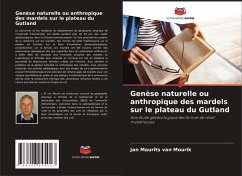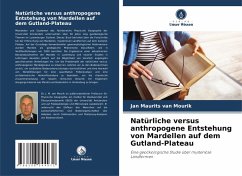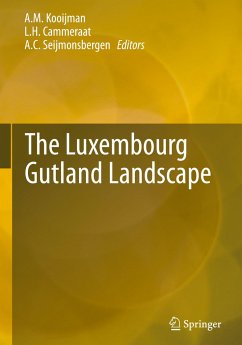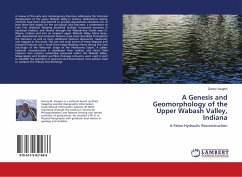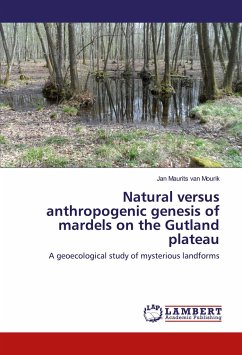
Natural versus anthropogenic genesis of mardels on the Gutland plateau
A geoecological study of mysterious landforms
Versandkostenfrei!
Versandfertig in 6-10 Tagen
21,99 €
inkl. MwSt.

PAYBACK Punkte
11 °P sammeln!
Staff and students of the Department of Physical Geography of the University of Amsterdam investigated more than 50 years geoecological subjects in the Luxembourger Gutland. This book reports the progress in research of mardels, mysterious landforms on the Gutland plateau. Based on conventional geomorphological field inventories, mardels were classified as geological phenomenon's as reported in publications before 2000. But the results of an actualized inventory of mardels in Luxemburg and of more recent studies in Lorraine pointed to the possibility of manmade closed depressions. To disentang...
Staff and students of the Department of Physical Geography of the University of Amsterdam investigated more than 50 years geoecological subjects in the Luxembourger Gutland. This book reports the progress in research of mardels, mysterious landforms on the Gutland plateau. Based on conventional geomorphological field inventories, mardels were classified as geological phenomenon's as reported in publications before 2000. But the results of an actualized inventory of mardels in Luxemburg and of more recent studies in Lorraine pointed to the possibility of manmade closed depressions. To disentangle the problemacy of natural versus anthropogenic mardel genesis we returned to the soil archives for additional soil surveys and for sampling of a selection of mardel fillings for quantitative pollen analysis and archaeometrical provenance analysis to link he chemical composition of local Roman ceramics to possible source material as mardel and soil clay. The results pointed to clay excavation in the Roman Time for the local ceramic industry. Most probably the Romans started with clay extraction in moist natural depressions. Mardels are part of the geological and cultural heritage.



